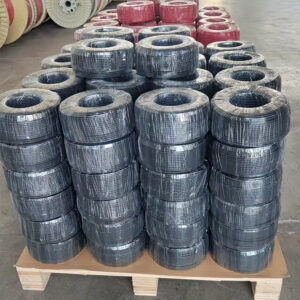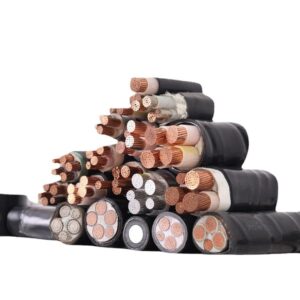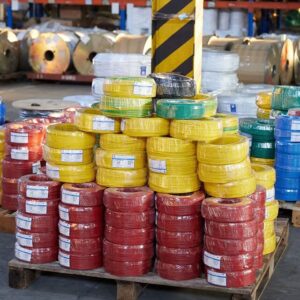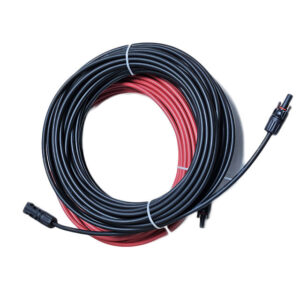Introduction
Choosing between PV cable and standard cable for solar installations isn’t just about cost – it’s a critical decision impacting system safety, efficiency, and longevity. While standard cables may seem interchangeable, they lack specialized engineering to withstand photovoltaic environments. This guide breaks down the technical differences backed by international standards, explaining why PV cables are non-negotiable for solar projects.
5 Key Differences (With Visual Aids)
1. Material Construction
| Component | PV Cable | Standard Cable |
|---|
| Insulation | Cross-linked Polyolefin (XLPO) | PVC or Thermoplastic |
| Conductor | Tinned copper (anti-oxidation) | Bare copper |
| Jacket | Double-layer: UV-resistant + hydrolysis-proof | Single-layer PVC |
2. Environmental Resistance
UV Stability
- PV Cable: Certified for 2,000+ hours UV exposure (IEC 62930)
- Standard Cable: Degrades within 6-12 months in sunlight
Source: TÜV Rheinland Solar Energy Report
Temperature Range
| PV Cable | Standard Cable | |
|---|---|---|
| Operating Range | -40°C to 120°C | -20°C to 70°C |
| DC Hot Spot | Handles 120°C+ | Fails above 90°C |
3. Electrical Performance
- Voltage Rating:
- PV Cable: 1.5kV DC (UL 4703)
- Standard Cable: 600V AC max
- Fire Safety:
- PV Cable: Halogen-free (LSZH), self-extinguishing
- Standard Cable: May emit toxic smoke when burned
4. Certification Standards
| Standard | PV Cable Required | Standard Cable Equivalent |
|---|---|---|
| International | IEC 62930, EN 50618 | IEC 60227 |
| North America | UL 4703, NEC 690.31 | UL 62 |
| Fire Rating | IEC 60332-1 (Flame retardant) | No solar-specific requirement |
5. Lifetime & Durability
| Factor | PV Cable | Standard Cable |
|---|---|---|
| Design Life | 25+ years | 5-10 years |
| Bending Cycles | 10,000+ (TÜV 2PfG 2640) | < 1,000 |
| Warranty | Typically 25 years | 1-5 years |
Real-World Consequences of Using Standard Cables in Solar
Case Study
A 5MW solar farm in Arizona used PVC cables instead of PV-certified alternatives:
- System failure within 14 months due to cracked insulation
- $340,000 replacement cost + lost revenue
- Root cause: UV degradation and DC arcing
Selection Checklist for Solar Installers
- ☑ Verify UV resistance certification (IEC 62930 minimum)
- ☑ Confirm DC voltage rating (≥1.5kV)
- ☑ Check halogen-free composition
- ☑ Ensure -40°C low-temp flexibility
- ☑ Validate abrasion resistance (EN 50396 test)
Key Takeaway
*”PV cables cost 20-30% more than standard cables upfront but deliver 300%+ lifetime value through reduced maintenance, zero downtime, and compliance with international electrical codes.”*
– Solar Energy Industries Association (SEIA)







